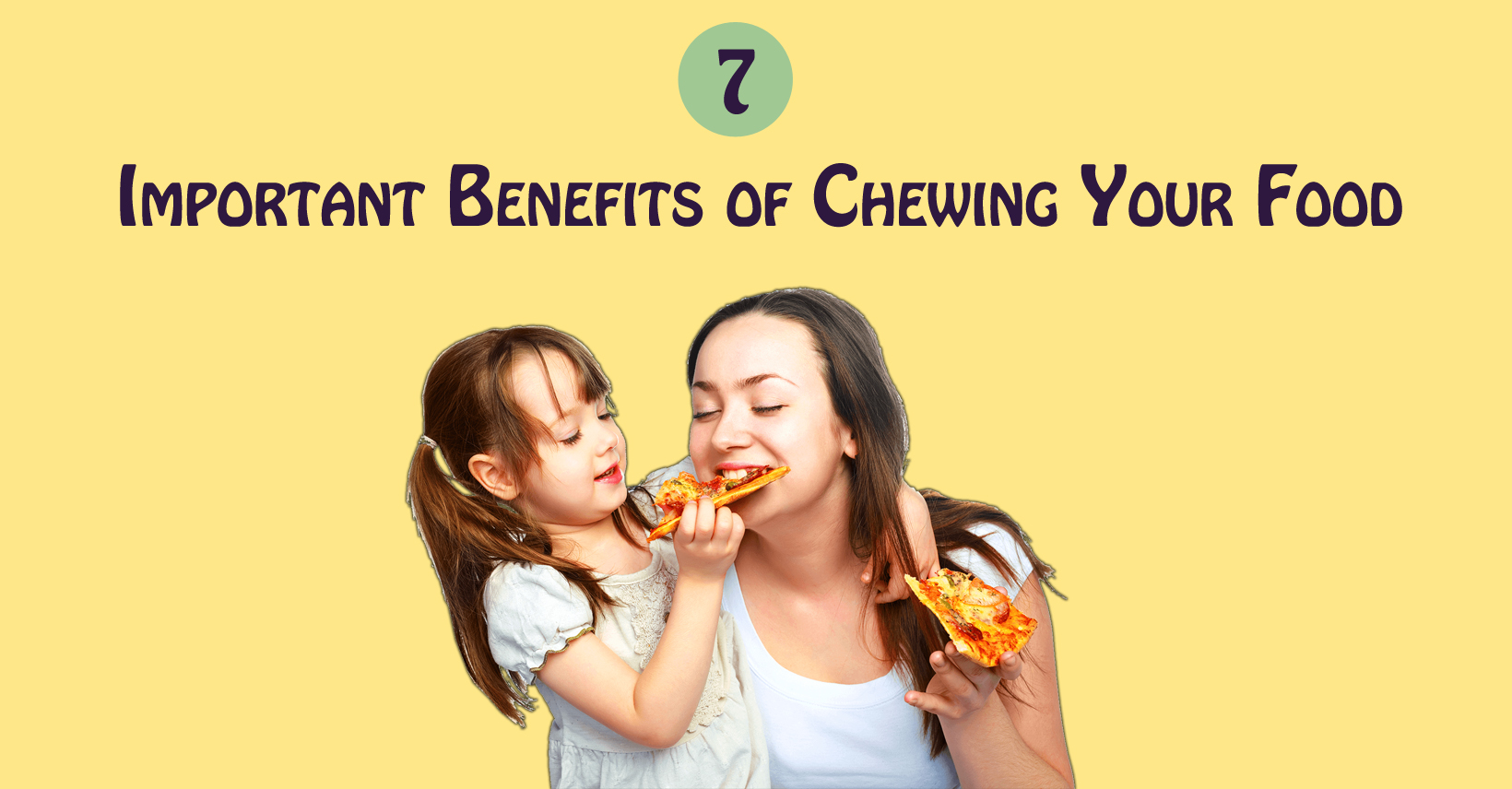Attention Deficit and Hyperactivity Disorder (ADHD) is a mental illness caused by neurodevelopmental childhood disorders, reduced grey matter in the brain. It can also be caused by smoking during pregnancy. Further research is pending on the exactitude of ADHD causes.
There are three types of ADHD, and that is distinguishable by;
- Patient inattentiveness
- Impulsive hyperactivity
- Hyperactive-impulsive inattention (that combines both).
ADHD symptoms and treatment in adults and children
ADHD has no known cure, but it can be managed to afford patients a chance at normalcy. When untreated, it causes debilitating and lifelong difficulties.
Untreated children are bogged down with esteem and confidence issues, selfishness, lack of people skills, and deficiency in core human values.
Adults with ADHD have poor self and emotion control, unstable marital and family lives, and encounter difficulties on the job. See these common signs and symptoms of ADHD below;
Common Symptoms of ADHD in Adults
ADHD in adults can be discreet and not so easy to spot as it is in children unaware as the symptoms decrease with age. Further, there is little academic research into the signs and symptoms of this disorder in adults.
ADHD adults have trouble sustaining attention, maintaining focus, electing priorities, and are generally restless and impulsive. They also display mild and severe;
- Fits of anger and unnecessary moodiness.
- Forgetfulness by missing appointments.
- Delayed submission of timed tasks.
- Trouble turn-taking and impatience when caught up in traffic jams or snarl-ups.
- Uneasiness, edginess, and fidgeting.
- Intolerance to frustration and pressure.
- Inattention to details, carelessness, and outright disorganization.
- Over-activeness, Excessive and unnecessary talkativeness.
- Action without consideration of consequences, like driving dangerously.
You should note that other mental illnesses (like depression) occasionally accompany ADHD and manifest themselves in adult and children patients. When bipolar disorder accompanies ADHD, it is most profoundly manifested by extreme mood swings. Obsessive-Compulsive Disorder (OCD) occasionally tags along with ADHD and is hallmarked by compulsive and obsessive tendencies. Personality Disorders also manifest in ADHD patients who deviate from the reasonable man’s norms and stray from the average person’s thoughts and general perceptions.
What are the Symptoms of ADHD in Children?
ADHD is commonly diagnosed in children who live with the disorder into adulthood and have trouble leading ‘normal’ lives both at home and school. Children born weighing low than they should be affected, just like pre-term babies and those who sustain brain injuries or those exposed to radioactive or harmful environments during pregnancy or childhood. You can know if your child has ADHD through deciphering some common symptoms like;
- Easy to distract and difficulty in resuming tasks once distracted.
- Forgetting easily and trouble to recall otherwise simple facts.
- Poor in turn-taking, intruding upon or causing unnecessary interruptions.
- Uncalled-for outbursts or meaningless fits of rage.
- Uneasiness characterized by being squeamish
- Hyperactivity and unnecessary talkativeness.
- Carelessness in caring for personal belongings
- Unusually loud when playing, even when playing alone
- Problems in task completion and sustaining concentration on tasks requiring intense mental efforts.
- They seem not mindful of their surroundings and are lost in thought.
Although uncommon, just like in adults, children also experience some additional mental disorders tagging alongside ADHD, such as depression. Anxiety disorder accompanies ADHD in your child who worries nervously and is physically manifested through increased heartbeat rates, profuse sweating and dizziness. Other accompanying mental issues in children include;
- Autistic Spectrum Disorder (ASD) inhibiting social behavior, interacting and communicating.
- Dyslexia which inhibits learning progress.
- Tourette’s syndrome attacking the nervous system and inducing involuntary muscle movement and noises.
- Epilepsy causing feats of seizures by brain attacks.
- Oppositional Defiant Disorder that affects respect for figures of authority and is generally characterized by rudeness.
ADD VS ADHD and Treatment
Technically, ADD and ADHD are the same thing. Therefore, ADD is ADHD but without hyperactivity. ADD borders on inactivity, while ADHD encompasses the hype and activity or both. ADHD can be used to describe both active and inactive behaviors, but ADD cannot be used in the place of both.
ADD is a type of ADHD but remember that ADHD had three variations, so ADD is the inactive type of ADHD. ADD and ADHD treatment is diagnosed by your doctor and ranges from behavioral therapy to medicated treatment.
Behavior therapy is recommended for children and includes changing parenting approaches, dietary changes and exposing children to positive behavior environments. The medicated treatment uses stimulants or sedatives, depending on patient behavior.
Stimulants have a 70 – 80% success rate, while sedatives act slower and have longer-lasting side-effects. Consider active involvement in ADHD movements to learn more about treating and managing this mental health disorder.















